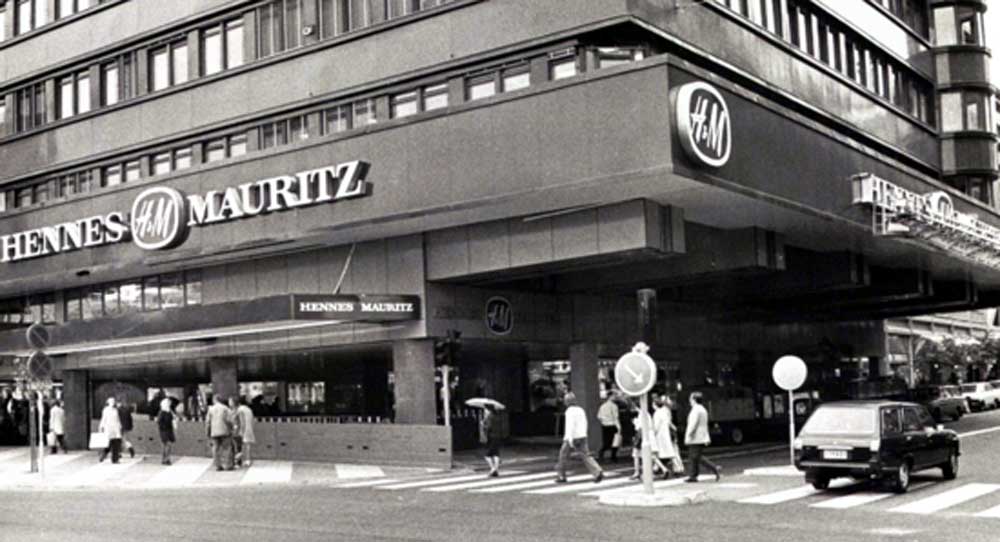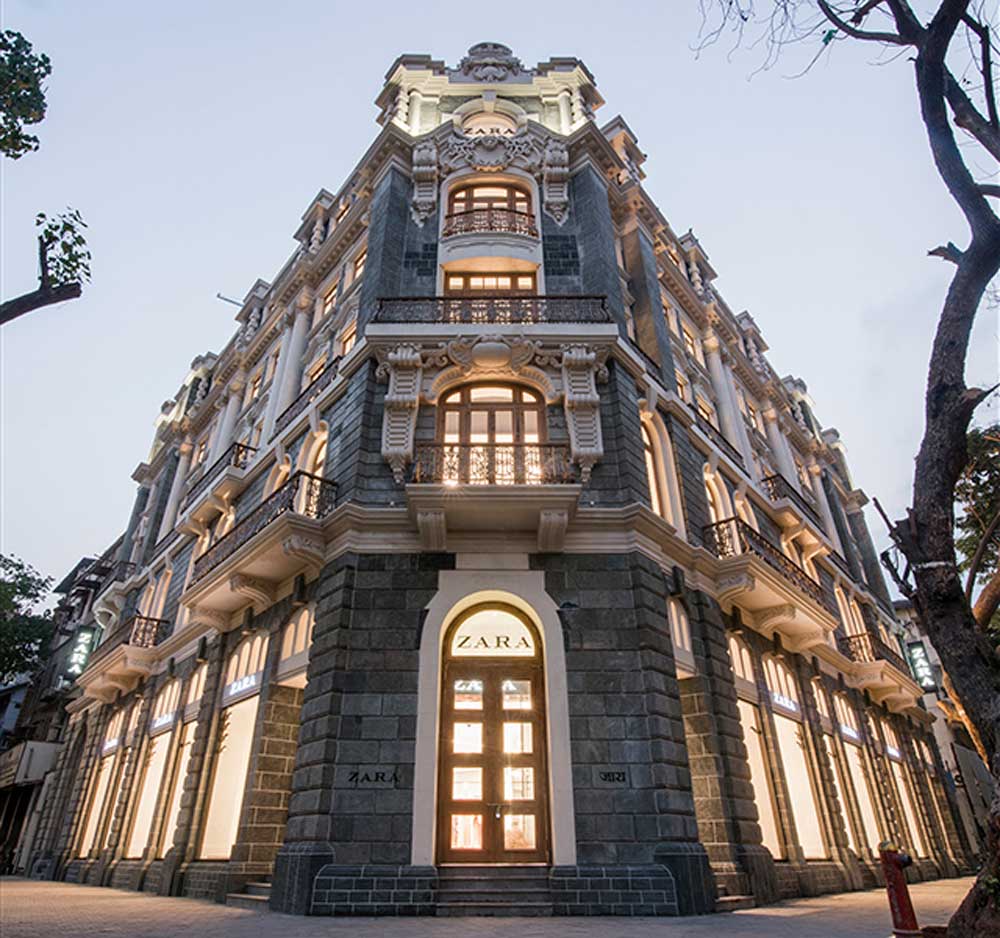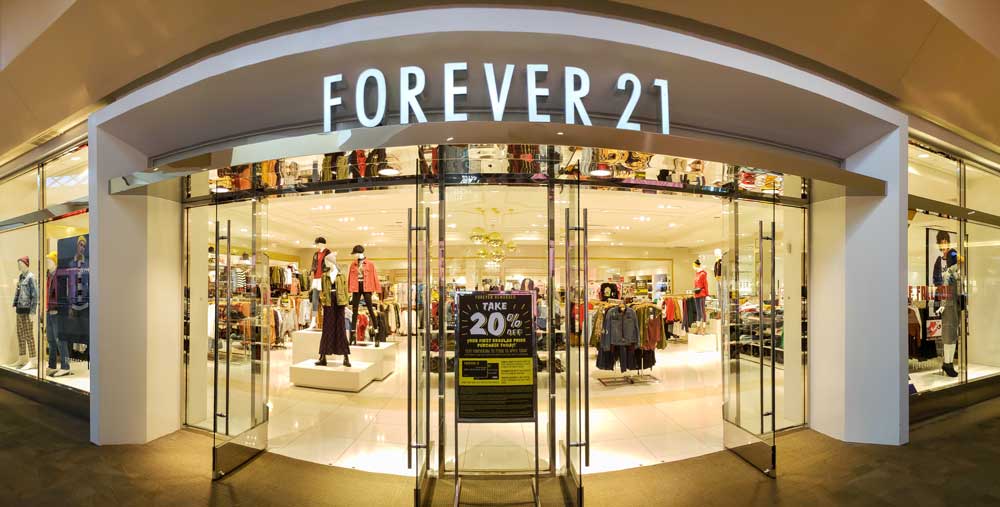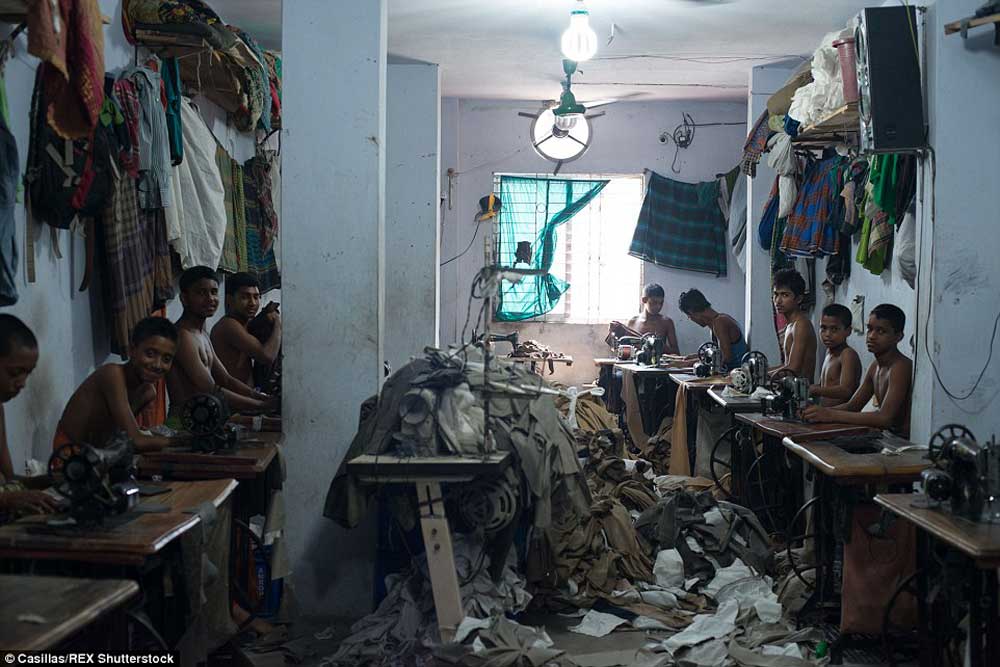Fast fashion has become a dominant force in the global fashion industry, offering the latest trends at a fraction of the cost. It's the answer to our constant craving for new styles, allowing us to update our wardrobes with the changing seasons, or even on a weekly basis. However, beneath the allure of inexpensive, trendy clothing lies a complex web of issues that impact both our environment and society.
Where It All Started
The concept of fast fashion isn’t as modern as it seems. Its roots can be traced back to the Industrial Revolution in the 18th century when advancements in machinery made it possible to produce clothing on a larger scale. However, it was in the mid-20th century that fast fashion began to take shape as we know it today. The post-World War II era saw a rise in consumerism and the desire for mass-produced, affordable fashion.
The 1990s marked the true birth of fast fashion as we know it today. Brands like Zara, H&M, and Forever 21 revolutionized the industry by introducing a new model that emphasised speed and affordability. Zara, founded in Spain by Amancio Ortega, was particularly influential in this shift. Ortega's innovative approach involved closely monitoring fashion trends and rapidly producing new styles to meet consumer demand. This production method allowed Zara to design, produce, and distribute new garments in a matter of weeks, rather than months.

Image Source: medium.com
H&M, originating from Sweden, adopted a similar approach, offering fashionable clothing at low prices. Their strategy involved outsourcing production to low-cost countries, which enabled them to keep prices down while quickly bringing new designs to market. Forever 21, based in the United States, capitalised on the growing youth market by offering trendy clothing at extremely affordable prices, further cementing the fast fashion model.

Image Source: FirstVersions
Rise of Fast Fashion
The real boom of fast fashion occurred in the 1990s and early 2000s, fuelled by globalisation and the rise of e-commerce. Brands like Forever 21, Topshop, and Primark joined Zara and H&M in the fast fashion race, creating a competitive market that thrived on quickly turning catwalk trends into affordable retail collections. The strategy was simple: produce high volumes of trendy clothing quickly and sell them at low prices, enticing consumers to buy more frequently.
In the 2000s and 2010s, fast fashion brands rapidly expanded their global presence. They opened stores in major cities worldwide, making fashion accessible to a broader audience. The rise of the internet and e-commerce also played a pivotal role in the growth of fast fashion. Online shopping allowed consumers to access the latest trends from the comfort of their homes, leading to an increase in impulse buying and a culture of disposable fashion.
Brands like ASOS, Boohoo, and Shein took the fast fashion model to new heights by operating primarily online, offering an extensive range of styles and leveraging social media to engage with consumers. The digital age brought about a shift in consumer behaviour, with shoppers increasingly seeking instant gratification and a constant influx of new styles.
Fast Fashion in India
India, with its burgeoning middle class and youthful population, became a significant market for fast fashion. Brands like Zara, H&M, and Forever 21 entered the Indian market, tapping into the country's growing appetite for trendy and affordable clothing.
1. Zara

Zara store in Mumbai, India | Image Source: forbesindia.com
Launched: 2010
Zara entered the Indian market through a joint venture with the Tata Group’s retail arm, Trent. The brand quickly gained popularity for its ability to bring runway styles to retail stores rapidly, catering to the fashion-forward Indian consumer.
Today, Zara is a well-established name in the Indian fast fashion scene, with numerous stores across major cities. Its blend of chic designs and reasonable prices continues to attract a loyal customer base.
2. H&M
Launched: 2015
H&M opened its first store in New Delhi and rapidly expanded to other metropolitan areas. Known for its vast collection of apparel and accessories, H&M capitalised on the growing appetite for affordable fashion among young Indians.
H&M has solidified its position as one of the leading fast fashion brands in India. With a strong presence both offline and online, the brand is a go-to destination for trendy and budget-friendly fashion.
3. Forever 21

Image used for representational purposes only.
Launched: 2010
Forever 21 made its debut in the Indian market with a store in Delhi, attracting a young demographic with its trendy and inexpensive clothing. The brand expanded quickly, opening stores in key cities and becoming a favourite among teenagers and young adults.
Despite facing financial challenges globally, Forever 21 remains reasonably popular in the country, with an online and offline presence in major cities.
4. Vero Moda
Launched: 2010
Part of the Bestseller group, Vero Moda was introduced to the Indian market with an emphasis on stylish and affordable clothing for women. The brand quickly became known for its chic collections and high-quality fabrics.
Vero Moda continues to thrive in India, with a robust network of stores and a strong online presence. The brand remains a favourite among fashion-conscious women looking for trendy yet affordable options.
The entry and growth of fast fashion brands in India have significantly transformed the country's retail landscape. These brands have tapped into the aspirations of a young, dynamic consumer base that seeks trendy, affordable, and quick-changing fashion. As they continue to adapt to local tastes and global trends, fast fashion brands in India remain influential in shaping the sartorial choices of millions.
Production Practices
The production practices of fast fashion are designed for speed and efficiency. This often involves outsourcing labour to countries where manufacturing costs are lower. Factories in countries like Bangladesh, Vietnam, and China churn out vast quantities of clothing at minimal costs. The focus is on rapid turnover and volume, often at the expense of quality and sustainability. These practices allow brands to introduce new collections multiple times a year, sometimes even weekly.

Image Source: Dailymail
Consumer behaviour plays a crucial role in the fast fashion industry. The constant release of new styles creates a sense of urgency and a fear of missing out (FOMO) among shoppers. Marketing strategies leverage social media, influencer endorsements, and limited-time offers to drive sales. Fast fashion brands excel at creating a buzz around their products, encouraging consumers to purchase quickly and frequently.
Environmental and Social Impact
The environmental impact of fast fashion is significant. The industry is one of the largest polluters in the world, contributing to water pollution, excessive waste, and high carbon emissions. The rapid production cycle means that vast amounts of water and chemicals are used in dyeing and treating fabrics. Additionally, the trend of disposable fashion leads to massive amounts of textile waste, with millions of tons of clothing ending up in landfills each year. The synthetic fibres used in many fast fashion items also contribute to microplastic pollution in our oceans.
The social implications of fast fashion are equally troubling. The industry's reliance on cheap labour often results in poor working conditions, low wages, and exploitation. Workers in fast fashion factories are frequently subjected to long hours, unsafe environments, and minimal pay. The 2013 Rana Plaza collapse in Bangladesh, which killed over 1,100 garment workers, highlighted the dire conditions faced by those who produce our clothing. Despite some progress in raising awareness and improving labour practices, many issues remain unresolved.

Image used for representational purposes only.
Understanding the origins and impacts of fast fashion is crucial for making informed choices as consumers. While fast fashion offers accessibility and affordability, it comes with a heavy cost to the environment and society. By being more conscious of our purchasing habits and supporting ethical fashion brands, we can help drive change towards a more sustainable and equitable fashion industry.